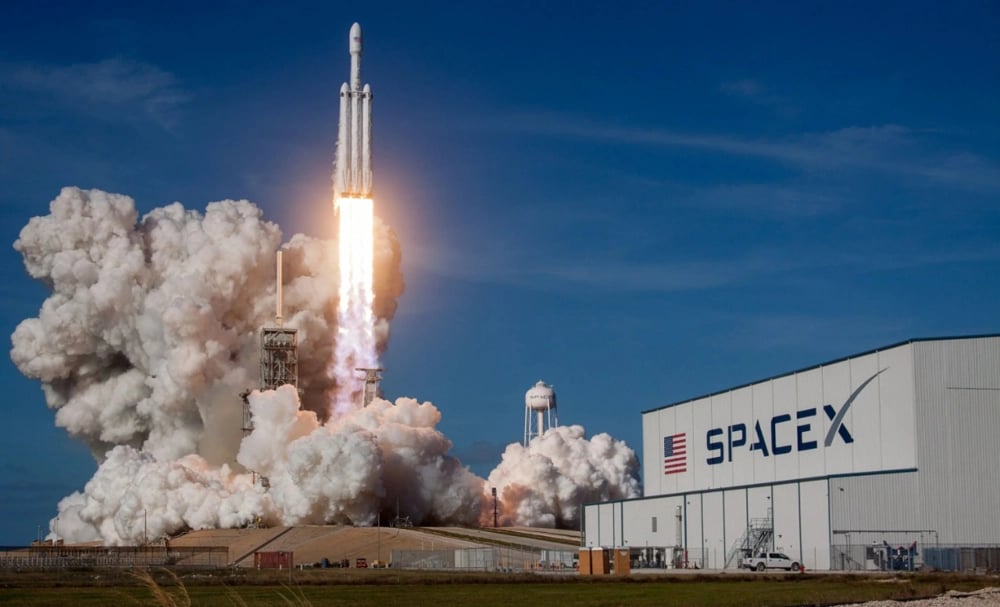Boeing's Starliner Delay Affects NASA's Crewed Space Missions
NASA's decision to delay Boeing's $BA Starliner mission until 2026 marks a significant development in the space industry. Originally intended to serve as an alternative to SpaceX's Dragon capsule, the Starliner has faced numerous hurdles that have pushed back its operational timeline.
Technical and Logistical Hurdles for Starliner
The Starliner's delays are largely attributed to technical challenges and the need for rigorous safety evaluations. NASA is still deciding whether the next Starliner flight will include astronauts or focus solely on cargo delivery. This ongoing uncertainty further complicates the project's timeline.

Dependency on SpaceX
SpaceX’s Dragon capsule has become a vital component for NASA’s crewed missions to the ISS. The delay of Boeing's alternative underscores the space agency's dependence on SpaceX and Elon Musk for reliable spacecraft. Despite Musk's tumultuous past interactions with political figures like former President Donald Trump, his commitment to Dragon's continued operations remains steadfast.
Business and Strategic Implications for Boeing
Boeing's struggles with the Starliner project have several implications:
Technical Resolution Priorities: Resolving existing technical issues is imperative for regaining traction in the aerospace sector.
Strategic Pressure: Boeing faces intensified competition from SpaceX, highlighting the importance of operational alternative solutions.
Market Dynamics: The delay in Starliner's deployment could affect investor confidence and market positioning.

Broader Industry Impact
The postponement of Starliner mission carries broader industry consequences, particularly for NASA's collaboration strategies. Boeing's challenges raise questions about the sustainability of current logistical solutions and the importance of diversifying mission capabilities. The aerospace landscape is thus influenced by Boeing’s ability to adapt and address its existing challenges.
Below are critical considerations stemming from Boeing’s Starliner delay:
NASA’s reliance on SpaceX reflects broader supply chain vulnerabilities in the aerospace sector.
Evolving mission schedules necessitate flexible financial planning and resource allocation.
The U.S. space industry faces innovation pressures to ensure robust and diverse technological capabilities.
NASA’s delay of Boeing's Starliner mission to 2026 highlights ongoing challenges in developing viable crewed spaceflight options. As Boeing navigates these hurdles, its ability to compete with SpaceX hinges on addressing technical difficulties and fortifying market confidence. Industry dynamics require agility and innovation to fulfill future space exploration goals.















Comments
Even with delays, the Starliner promises to light a fire under innovation in space exploration.
It's both frustrating and fascinating to see how setbacks like this expose the challenges of advancing space exploration.